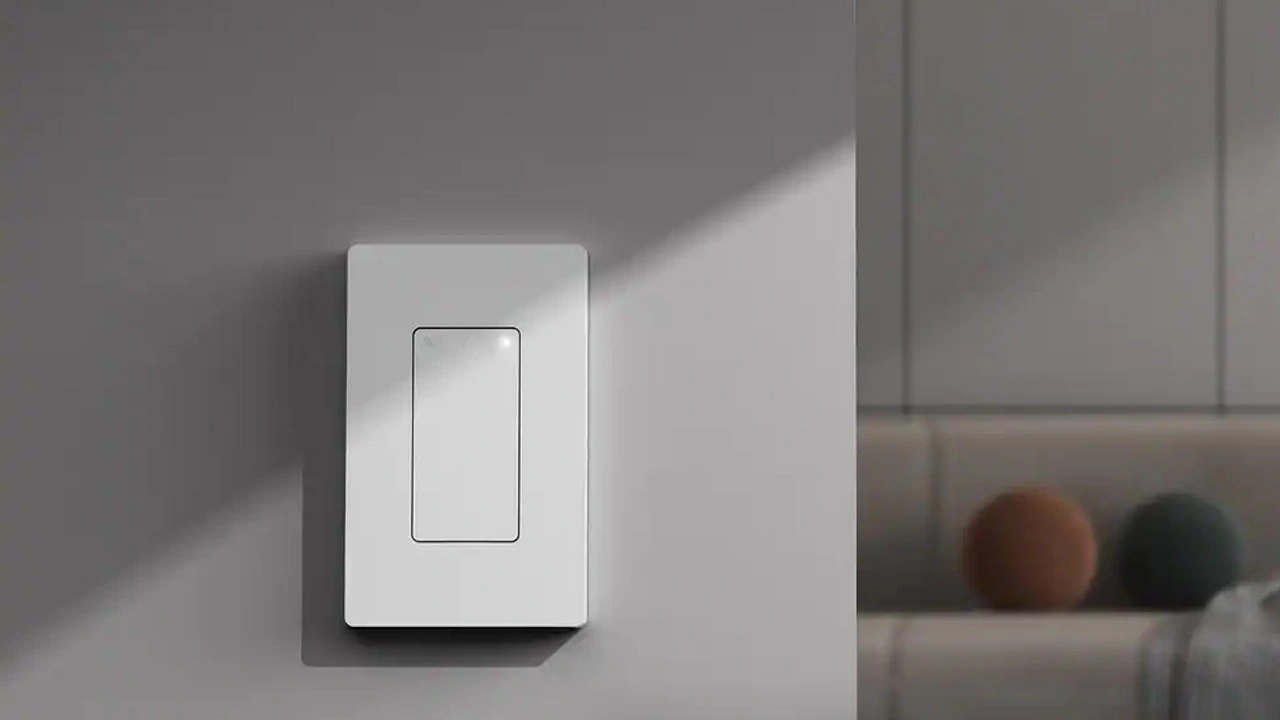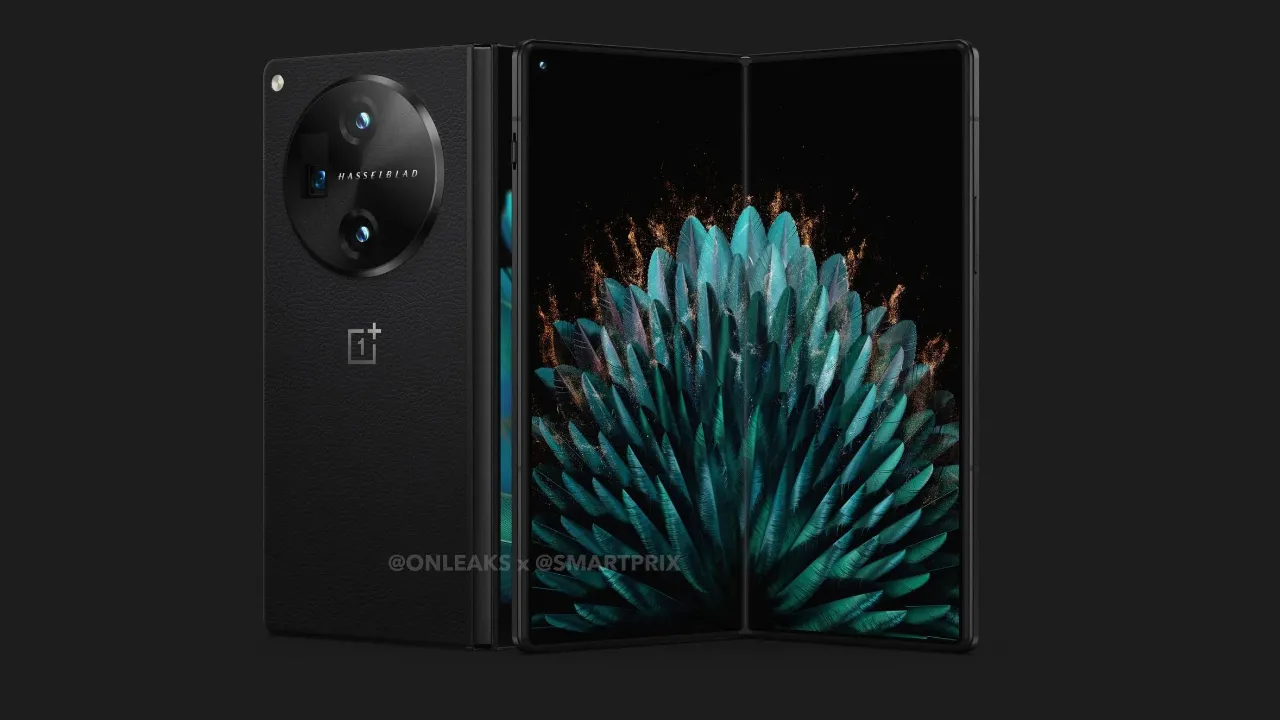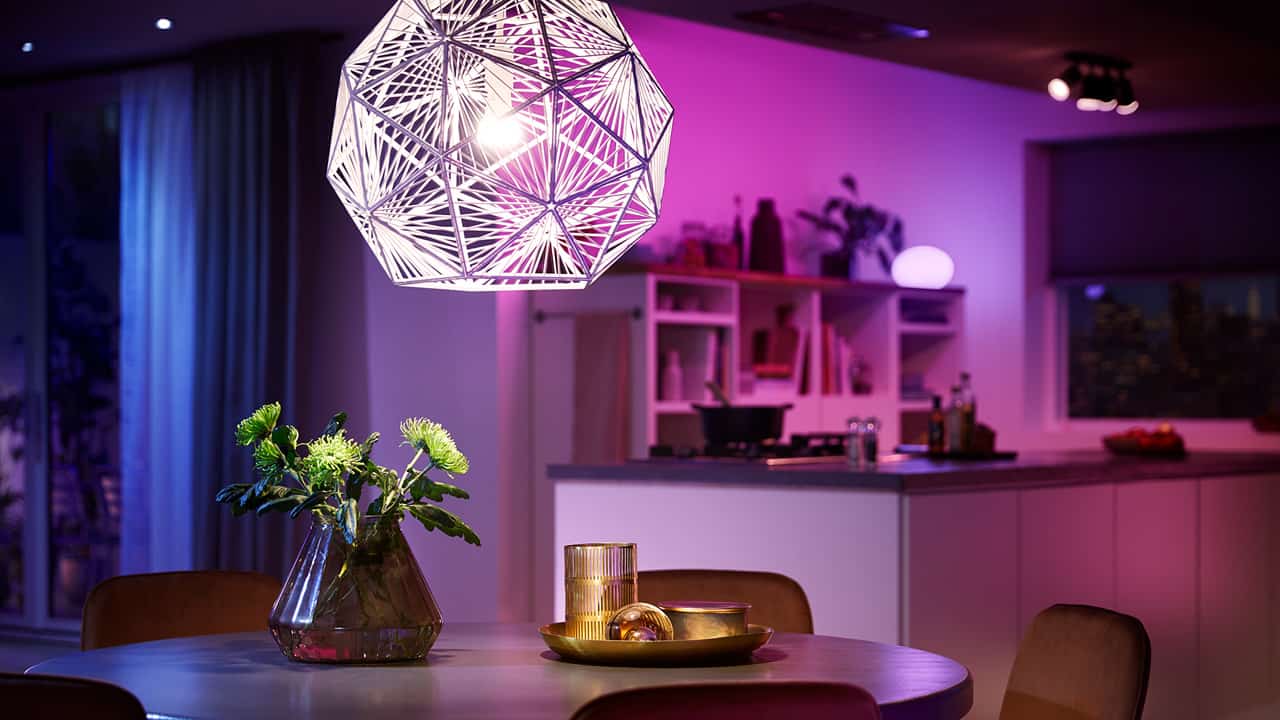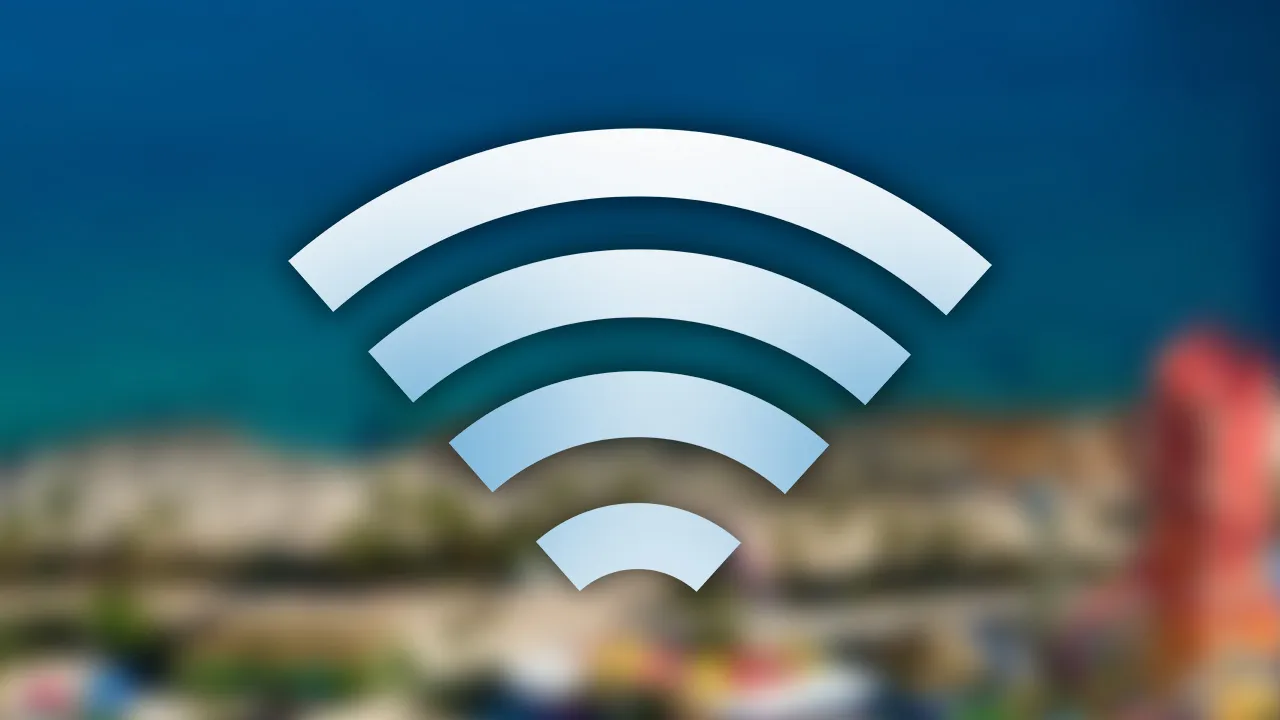Wyze Switch was released near the end of 2021 and was a welcomed addition to their line of products. How does the Wyze switch stack with its competitors?
Wyze is a small startup that has been around for several years. They make a wide range of smart home devices such as cameras, light bulbs, and home alarm and monitoring systems. Now, we have the Wyze Switch. (Requires a neutral wire)
I have just about every Wyze product out there, minus the Wyze car, I didn’t see the need for this novelty item. Most of the products are pretty decent, especially for the low cost. I bought the Wyze switch months ago and only just recently got it all hooked up to test it against my favorite smart light switch, the TP-Link Kasa Light Switch. My entire house is outfitted with the TP-Link, so I decided it was time to give the Wyze switch a go. I waited until now because I felt that this new product should go through some software updates before slamming it with bug complaints. So here we go.
Quick Safety Tip: If you don’t know how to wire this type of product or feel uncomfortable with DIY electric installs, don’t attempt that shit, get a professional to do it for you.
Wyze Switch Build Quality
As expected, the Wyze switch is a traditional paddle-style switch. It feels durable and not as if it would break easily. It has a clean design with only a small Wyze brand on the front and a small LED light. The light will flash when pairing or if it has a connection issue. It will also have a solid display when the power to the switch is ON.

A couple of things missing however from this switch are any type of buttons to reset. Unlike the TP-Link smart light switch, Wyze switch does not have a reset switch for when there is any type of connection issues. In order to reset it, you have to kill the power to it by turning off the breaker from your fuse box. This is just dumb.
The Tp-Link light switch has a small reset button under the paddle button which basically restarts the switch and it automatically connects back to your network. Simple.
So not having a reset switch is a big issue. Next, which is a small but annoying one, is no type of button illumination when the room is dark. For instance, the TP-link light switch will have a small ring light illumination to show where the button is, when pressed it turns off. This is a great feature that I would have liked to see Wyze implement.

Finally, Wyze Switch does not have any preloaded wiring like the TP-Link switch. In my opinion, having those wires already on the switch makes wiring it up much easier, especially if the wiring in your house was half-assed. Not a deal-breaker, it just takes more time wiring this thing up.
Wyze Switch Features
Like any other smart switch, the Wyze switch does have a plethora of software features at its disposal. Everything from different types of power modes to full automation setups.
One of the coolest features of the Wyze switch is the Smart Control mode. This works only in conjunction with Wyze Bulbs, unfortunately. It provides you the ability to keep a constant power flow to the smart bulb so it can still operate by voice (with Alexa or Google Integration), routines, and the app. Without Smart control mode, when the light switch is off, the bulb loses power, hence removing any way to control the bulb separately.
However, this mode has 2 MASSIVE caveats. The performance is degraded and causes a huge delay in response time. For instance, a simple press of the switch to turn the light on could take a few seconds. I clocked in a max of 3.5 seconds response time for the light to turn on/off in this mode. That is completely unacceptable. If the delay doesn’t bother you, then this feature would still be a big benefit for setting up custom automation.

The 2nd caveat is if the cloud server goes down and you are in smart mode, you are STUCK. The switch is completely useless. It needs the cloud service to process the switch commands to the smart bulbs. This right here is a deal-breaker for many, including me. I ran a test and disabled the internet to the switch in both regular mode and smart mode. Normal mode worked as expected, turning lights on and off with the push of the button. But NOT in smart mode, it was a brick. So that is a no-go.
Another feature that is kinda cool is the button press automation. You can select “Additional Controls” and choose items like double press, triple press, and press and hold. These can be connected to an automation to perform certain tasks. You are limited though to only controlling other Wyze products. Bummer.

Wyze Switch Real Life Use
I have been using the Wyze switch for a couple of months to really see how it performs in everyday normal use. I tried smart control mode, which I completely disliked, and switched back to normal mode. I also set up a simple automation using the Wyze Sense V2 motion sensor to trigger the light switch. This works pretty well and there is only a small delay due to Wyze operating only via their cloud servers. So really, overall use, it works well for manual control and motion sensor activations. It is decently responsive via the Wyze App as well.
Wyze Switch 3rd Party Integrations
I have seen big media saying this switch integrates with a lot of 3rd party products. This is FAR from the truth and completely inaccurate. Yes, Wyze and its product line integrate with Alexa and Google, that’s it. No home kit, no Samsung smart things, and no home assistant. And I know, Alexa and Google give you a lot of automation flexibility, but that comes at a performance cost. If you want near-instant performance, these 2 platforms are not the way to do it. You can count IFTTT, but unless you are willing to learn their integration and pay a monthly fee for it, it’s a waste of time.
Wyze has a major problem that they suffer, the same problem as Apple. They want you to stay in their own ecosystem and lock all 3rd parties out. This means no local level control of Wyze products. When Wyze has server issues, you feel it since your devices won’t work. This is a stupid problem to have, and it happens quite frequently.
I have slowly started moving away from cloud-only devices and moving to all ZigBee-based products that are compatible with Home Assistant and SmartThings. Performance is so much better and it all runs on a local level, not having to rely on big corp trash servers. And don’t forget the new smart home standard that is almost here called MATTER. This will be huge, learn more about it here.
Overall Thoughts on Wyze Switch
Overall, this is an “Ok” switch. But compared to the competition, it’s no game-changer. I have since removed the switch and replaced it with the TP-Link Kasa smart switch. This gives me much better performance and the flexibility that smart things and home assistant offers. If Wyze would get away from the old ways of locking people in and allow 3rd part integration, they would have a huge advantage with their products. (If they can switch to a Zigbee protocol and not a proprietary one that they currently use).





